Technique Recall

Are there any proven scientific strategies for enhancing memory recall ?
Memory recall is the ability to retrieve information from our memory. It is an essential aspect of learning and can be improved through various scientific strategies. Here are some proven methods for enhancing memory recall: 1. **Active Learning**: Engaging with the material you want to remember, such as reading aloud, taking notes, or teaching others. 2. **Mnemonic Devices**: Techniques that help you remember information by associating it with something easier to remember, like acronyms, visual imagery, or rhymes. 3. **Spaced Repetition**: A learning technique that involves reviewing information at increasing intervals over time, using tools like flashcards or online tools. 4. **Elaborative Interrogation**: Asking yourself "why" questions about the material you are trying to remember to deepen your understanding and retention. 5. **Chunking**: Grouping related pieces of information together into larger, more manageable chunks to reduce cognitive load and make it easier to remember complex information. 6. **Sleep and Rest**: Getting enough sleep and taking breaks while studying can improve memory recall by allowing the brain to consolidate memories and prevent burnout. By incorporating these techniques into your study routine, you can improve your ability to retain and retrieve information from your memory.

How does the method of loci (memory palace) work scientifically ?
The method of loci, or memory palace technique, is a mnemonic device that enhances memory recall by associating information with specific locations in a familiar place. The scientific explanation behind its effectiveness involves visualization, spatial navigation, and association processes in the brain, particularly engaging the prefrontal cortex and hippocampus. Benefits include improved memory recall, enhanced learning, increased focus, and reduced anxiety. To use this method, one should choose a familiar place, create mental images, assign locations, perform mental walkthroughs, and regularly review and refine the process.

What are some effective scientific memorization techniques ?
Effective Scientific Memorization Techniques Memorizing scientific information can be a challenging task, but with the right techniques, it can become much easier. Here are some effective scientific memorization techniques that you can use to improve your memory and recall: 1. Visualization: Create mental images of the concepts you are trying to remember to make them more memorable and easier to recall. 2. Mnemonic Devices: Use tools like acronyms or rhymes to associate information with something else that is easier to remember. 3. Repetition and Practice: Repeat information over and over again to strengthen your memory and improve your ability to recall it later on. 4. Chunking: Break down large amounts of information into smaller, more manageable chunks to make it easier to remember and recall complex concepts or data sets.

What is the proper breathing technique while running ?
Proper breathing technique is crucial for runners to improve performance, reduce fatigue, and prevent injuries. Diaphragmatic breathing involves taking deep breaths using the diaphragm muscle for efficient oxygen exchange. Rhythmic breathing matches breathing rhythm to stride pattern, promoting even and consistent breathing. Nasal breathing warms and humidifies air, but mouth breathing can be used when necessary. Relaxation and good posture are also important for optimal breathing mechanics. Incorporating these techniques into your running routine can enhance your overall running experience.
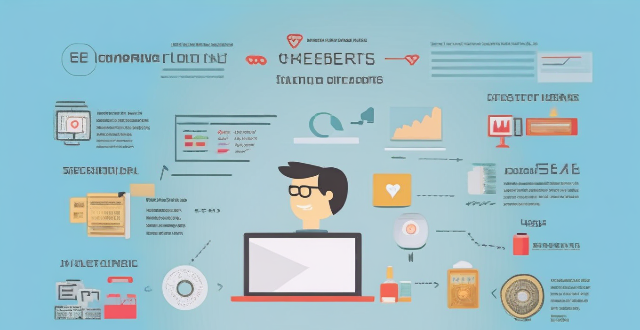
What is the Pomodoro Technique and does it really work for enhancing focus ?
The Pomodoro Technique is a time management method designed to improve focus and productivity. It involves working for 25 minutes followed by a short break, with longer breaks after every four Pomodoros. The technique aims to enhance concentration, manage time effectively, reduce procrastination, and boost overall productivity. However, its effectiveness can vary based on individual adaptability and workflow.

What is a food recall and how does it relate to food safety ?
Food recalls are a crucial part of ensuring that consumers have access to safe and nutritious foods. When a product is recalled, it means that there is a potential risk associated with consuming it, which could lead to illness or injury. There are several reasons why a food recall may be issued, including contamination, mislabeling, and manufacturing defects. The steps involved in carrying out a food recall include identification, notification, public announcement, removal from shelves, investigation, and corrective action. By understanding the reasons behind food recalls and the steps involved in carrying them out, we can all do our part to promote food safety and support healthy communities.

What are some effective techniques for improving concentration and focus ?
Concentration and focus are crucial skills for achieving goals, whether it's studying, working, or enjoying a hobby. Here are some effective techniques to improve them: minimize distractions by turning off notifications and finding a quiet place; take short breaks every hour or use the Pomodoro technique; practice mindfulness through meditation and deep breathing; set clear goals and prioritize tasks; eliminate multitasking and focus on one task at a time; get enough sleep and create a relaxing bedtime routine; exercise regularly to enhance cognitive function; stay hydrated to avoid fatigue; use visual cues like charts and diagrams; and limit caffeine intake to avoid jittery feelings.

What are some effective techniques for memorizing grammar rules ?
The article outlines various techniques for memorizing grammar rules effectively. It suggests methods such as repetition, using mnemonic devices, visualization, practice, teaching others, contextual learning, and taking regular breaks. Each technique is explained with examples and tips to make the learning process easier and more enjoyable. The article emphasizes the importance of consistency and patience in mastering grammar rules.

How can I improve my breathing technique while swimming ?
Improving your breathing technique while swimming is crucial for better performance and endurance. Understand basics, practice proper rhythm, use core muscles, work on exhalation, do dryland training, visualize success, and seek professional guidance to enhance breathing and overall swimming skills.

How does proper handwashing technique prevent the spread of germs ?
Proper handwashing is a simple yet effective way to prevent the spread of germs. It involves using soap and water to clean your hands thoroughly, especially before eating or preparing food, after using the restroom, and after being in contact with someone who is sick. The key points on how proper handwashing technique can help prevent the spread of germs include: - Wet your hands with clean, running water (warm or cold), turn off the tap, and apply soap. - Lather your hands by rubbing them together with the soap. Be sure to lather the backs of your hands, between your fingers, and under your nails. - Scrub your hands for at least 20 seconds. Need a timer? Hum the "Happy Birthday" song from beginning to end twice. - Rinse your hands well under clean, running water. - Dry your hands using a clean towel or air dry them. By following these steps, you can effectively remove dirt, viruses, and bacteria from your hands, which can help prevent the spread of germs that cause infections like the common cold and flu. Additionally, proper handwashing technique can also help prevent the spread of more serious illnesses such as COVID-19, Ebola, and norovirus.

What are some effective methods for reviewing and retaining information before an exam ?
Preparing for an exam can be a daunting task, but with the right strategies and techniques, it is possible to effectively review and retain information before the exam. Some effective methods for reviewing and retaining information before an exam include creating a study plan, using active learning techniques, practicing retrieval and recall, and staying motivated and avoiding procrastination. By following these methods, students can improve their chances of success on their exams.

What are some tips for avoiding distractions while working on important tasks ?
To avoid distractions while working on important tasks, create a distraction-free environment by turning off your phone, closing unnecessary applications, and finding a quiet place. Set clear goals and priorities, use time management techniques like the Pomodoro Technique, minimize interruptions by informing others about your schedule, stay organized with tools like calendars and planners, and take care of yourself by getting enough sleep and taking regular breaks.

Can you explain the concept of "chunking" in scientific memory techniques ?
Chunking is a fundamental concept in scientific memory techniques that helps individuals improve their ability to remember information. It involves grouping individual pieces of information into larger, more meaningful units or "chunks." This process makes it easier for the brain to store and retrieve information efficiently. Chunking has numerous applications across various fields, including education, psychology, and computer science. Its benefits include increased recall speed, reduced cognitive load, enhanced learning efficiency, and improved organization. Examples of chunking include phone numbers, alphabetical order, and calendar dates.
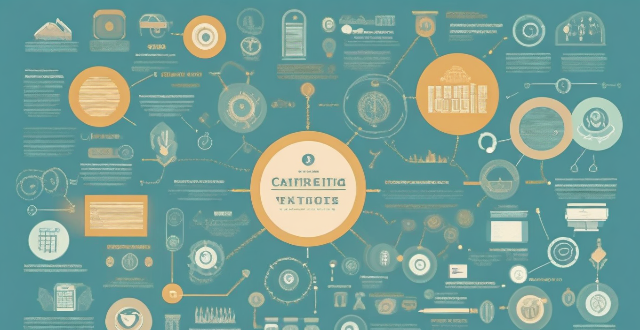
What are some common tools and techniques used in risk management ?
Risk management is a process that involves identifying, assessing, and prioritizing potential risks. There are various tools and techniques used in risk management, including brainstorming, Delphi method, checklists, qualitative and quantitative assessment, risk matrix, cost-benefit analysis, avoidance, reduction, transference, acceptance, continuous monitoring, and audits. These tools and techniques help organizations and individuals manage risks effectively and make informed decisions.
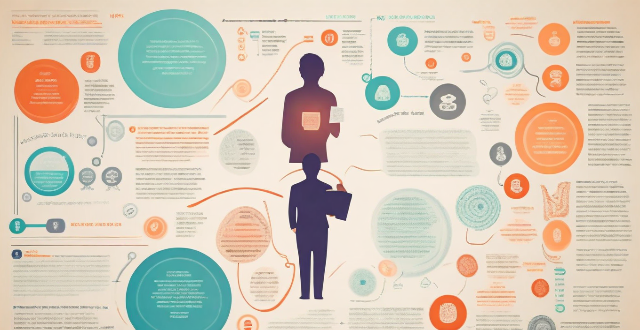
What are the key self-assessment techniques for personal growth ?
Self-assessment techniques help identify strengths, weaknesses, and areas for improvement. Key methods include reflecting on past experiences, setting goals and tracking progress, seeking feedback from others, keeping a journal or diary, and practicing mindfulness and self-awareness. These techniques provide different perspectives and help individuals understand their personal growth over time.

What are some common mistakes people make when learning to swim ?
When learning to swim, common mistakes include forgetting to breathe properly, tensing up too much, not using proper technique, and overestimating abilities. To avoid these mistakes, focus on deep breathing exercises, relaxing your body, seeking guidance from a qualified instructor, and staying within your comfort zone. With patience, practice, and proper technique, beginners can improve their skills and enjoy a safer and more enjoyable swimming experience.

What are some popular celebrity makeup techniques ?
Makeup techniques used by celebrities often set trends and become popular among the general population. Here are some of the most popular celebrity makeup techniques: 1. Contouring involves using makeup to create shadows and highlights on the face, which can help define features and enhance facial structure. This technique is often used by celebrities to achieve a more chiseled look. 2. Baking is a makeup setting technique where you apply a thick layer of translucent powder under the eyes and on high points of the face, let it sit for 5-10 minutes, and then brush it off. This technique helps to set the foundation and concealer, making them last longer. 3. Celebrities often opt for glossy lips to add a pop of color and make their lips appear fuller. This trend has been popularized by stars like Kylie Jenner and Rihanna. 4. Full, bold eyebrows have been in style for several years now, thanks to celebrities like Cara Delevingne and Lily Collins who have sported natural-looking, full brows. 5. Achieving a dewy, glowing complexion is another popular celebrity makeup technique. Stars like JLo and Kim Kardashian are known for their radiant skin. 6. Graphic eyeliner is a bold look that involves creating sharp, defined lines on the eyes. Celebrities like Bella Hadid and Kendall Jenner have made this trend popular.

What are the basic techniques used in Chinese cooking ?
Chinese cuisine is known for its diverse flavors and cooking techniques. Here are some of the basic techniques used in Chinese cooking: 1. Stir-frying involves quickly frying small pieces of food in a wok or frying pan over high heat. The key to successful stir-frying is to use hot oil, fresh ingredients, and constant motion to prevent burning. 2. Steaming involves placing food in a steamer basket over boiling water and allowing it to cook through steam. This method is often used for dumplings, buns, fish, and vegetables. 3. Braising is a slow-cooking method that involves simmering meat or vegetables in liquid until they become tender and flavorful. This technique is often used for stews, soups, and braises. 4. Deep-frying involves submerging food in hot oil until it becomes crispy and golden brown. This technique is often used for fried rice, spring rolls, and tempura dishes. 5. Roasting involves cooking food in an oven at high temperatures until it becomes caramelized and tender. This technique is often used for roasted meats, vegetables, and baked goods like mooncakes and egg tarts.
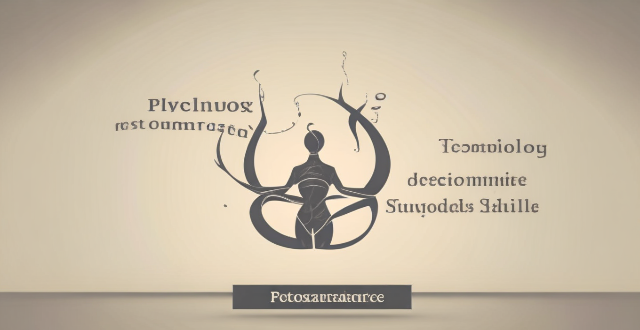
Can sports psychology techniques be applied to non-athletes for general well-being ?
Sports psychology techniques can improve non-athletes' well-being by setting goals, visualizing success, using positive self-talk, practicing mindfulness, and relaxation techniques.

Is strength training safe for beginners ?
Strength training is a form of exercise that can provide numerous benefits, including increased muscle mass and strength, improved bone density, better body composition, reduced risk of injury, and enhanced athletic performance. However, it is essential to take safety measures to prevent injuries from improper technique or overexertion. Before starting any new exercise program, consult with a healthcare professional to ensure that you are healthy enough to participate. Start slowly and gradually increase intensity, focus on proper technique, warm up and cool down properly, and listen to your body. By following these tips, beginners can safely start strength training and enjoy its many benefits while minimizing the risk of injury.

Can speed reading help me save time when studying for exams ?
Speed reading can save time when studying for exams by increasing efficiency, improving recall, managing time better, and reducing stress. However, it may compromise comprehension, not be suitable for all text types, require skill development time, and lead to overconfidence. To effectively use speed reading, start early, combine techniques, take breaks, test comprehension, and customize your approach.

What are some creative composition techniques for iPhone photography ?
Creative composition techniques for iPhone photography include the rule of thirds, leading lines, symmetry and patterns, frame within a frame, filling the frame, rule of odds, negative space, motion blur, playing with perspective, and using color and contrast. These techniques help create more balanced and interesting photos, draw attention to the subject, and add visual interest. By incorporating these techniques into iPhone photography, stunning images can be captured that stand out from the crowd.
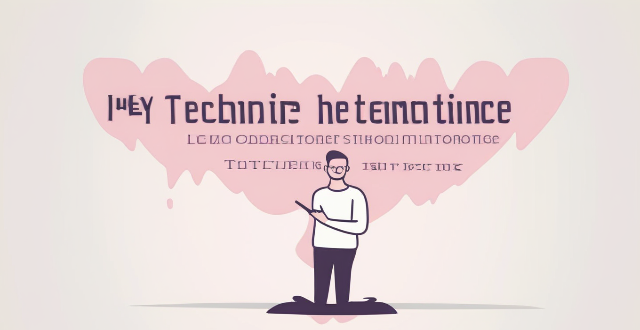
Are there any breathing techniques that can help reduce stress ?
Breathing techniques are a simple yet powerful tool for reducing stress levels and promoting relaxation. By practicing these techniques regularly, you can improve your overall well-being and reduce the negative effects of stress on your body and mind. Some effective breathing techniques for stress reduction include deep breathing, diaphragmatic breathing, alternate nostril breathing, and box breathing. These techniques help to increase oxygen flow to the brain, relax the body, balance the left and right hemispheres of the brain, and slow down the heart rate. Remember to focus on your breath and try to clear your mind of any distractions while practicing these techniques.

Is it possible to read a book in one day using speed reading techniques ?
Speed reading is a technique that allows you to read faster than your normal reading speed. While it can be helpful for quickly reviewing material or getting an overview of a topic, it may not be suitable for all types of books. The pros and cons of speed reading are discussed, as well as tips for effectively using this technique. Ultimately, the decision to use speed reading should be based on personal preferences and goals, as well as the type of book being read.

Can sport psychology counseling be beneficial for non-athletes as well ?
Sport psychology counseling can be beneficial for non-athletes as well. The techniques used in sport psychology, such as cognitive restructuring, relaxation training, and visualization, can help individuals manage stress, anxiety, and depression. Additionally, these techniques can enhance performance in various areas of life, develop better coping skills, and increase self-awareness. By applying the principles and techniques used in sport psychology to everyday life situations, individuals can improve their mental health, enhance their performance, develop better coping skills, and increase their self-awareness.

Can reading about sports help improve one's own athletic performance ?
Reading about sports can enhance athletic performance by providing insights into techniques, strategies, and mental approaches. It helps in technique improvement, mental preparation, and injury prevention. To apply this knowledge, set clear goals, choose relevant resources, practice what you learn, and seek feedback for adjustments.

Are there any particular exercises or stretches that promote better sleep ?
**Exercises and Stretches for Better Sleep** Sleep is crucial for overall health, and poor sleep can lead to various issues. Specific exercises and stretches can improve sleep quality. These include yoga poses like Child's Pose and Legs Up the Wall, meditation techniques such as Body Scan and Guided Meditation, gentle aerobic exercises like walking and swimming, stretching exercises including neck stretches and shoulder shrugs, and deep breathing exercises like the 4-7-8 technique and diaphragmatic breathing. Incorporating these into your routine can significantly improve your sleep quality.

How do sports psychology techniques help with emotion regulation ?
This article explores the importance of emotion regulation in sports performance and how sports psychology techniques can help athletes regulate their emotions. The techniques discussed include self-talk, visualization, goal setting, breathing techniques, and mindfulness meditation. These techniques enable athletes to stay focused, confident, and motivated during competitions, leading to better performances. By incorporating these techniques into their training routines, athletes can learn to manage their emotions effectively and maintain optimal mental states for peak performance.
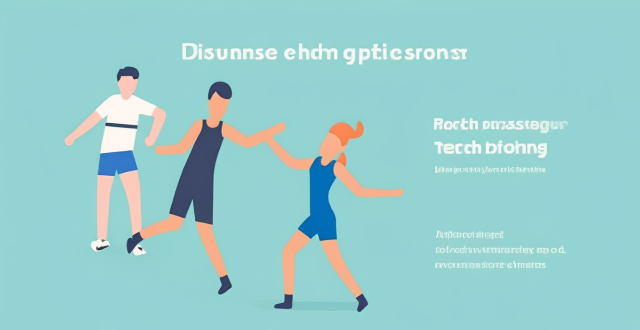
What techniques and strategies are commonly used in sport psychology counseling ?
The text discusses techniques and strategies in sport psychology counseling, which include goal setting, visualization and imagery, self-talk and affirmations, mindfulness and meditation, and breathing techniques. Goal setting helps athletes stay motivated and focused, while visualization and imagery build confidence and reduce anxiety. Self-talk and affirmations enhance self-confidence and motivation, while mindfulness and meditation improve mental clarity and resilience under pressure. Breathing techniques manage stress, anxiety, and tension. Incorporating these methods into training and competition preparation can help athletes achieve their full potential.

What are the most effective note-taking methods for students ?
The text discusses five effective note-taking methods for students, including the Cornell Method, Mind Mapping, Outlining, Sentence Method, and Charting. Each method has its own advantages and disadvantages, and may be more suitable for certain types of classes or subjects. The text emphasizes the importance of active learning and engagement with the material in order to retain information and review notes efficiently.